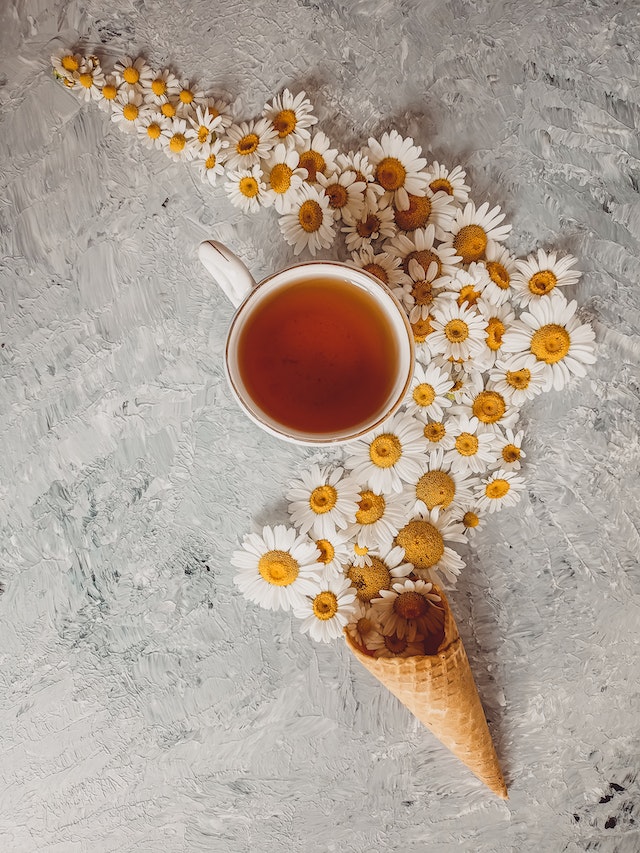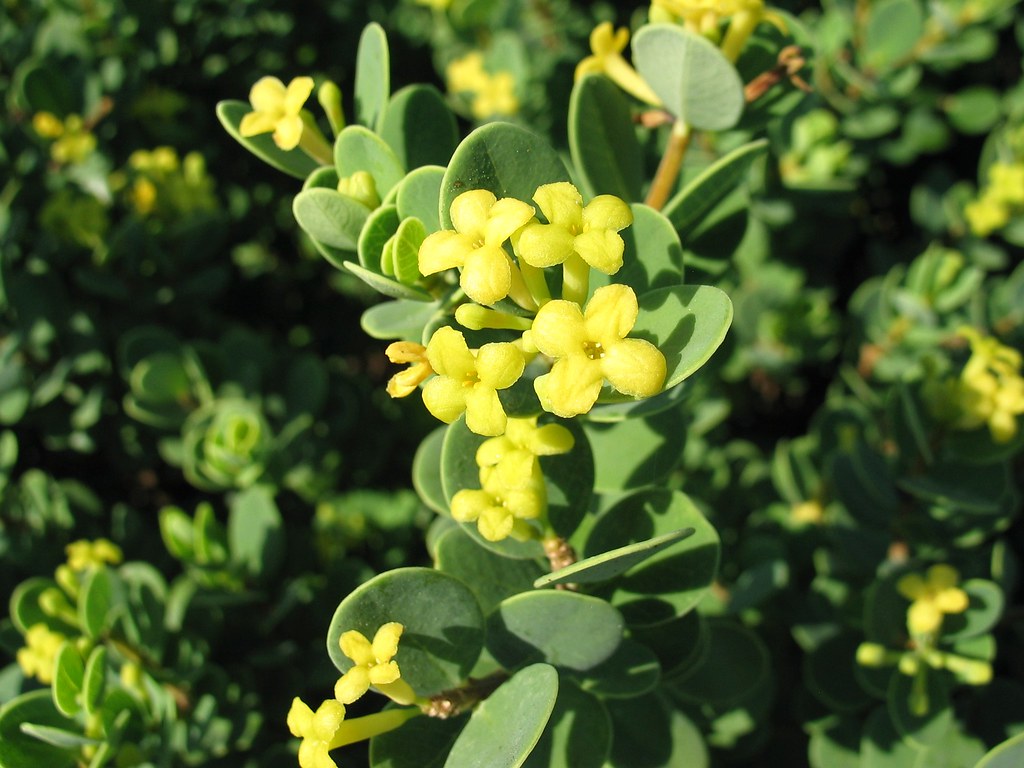Botanical Description, Chamomile (Matricaria chamomilla):
Scientific Name: Matricaria chamomilla (German chamomile), Chamaemelum nobile (Roman chamomile)
Family: Asteraceae
Common Names: Chamomile, German Chamomile, Roman Chamomile
Description: Chamomile comprises several species, with German chamomile (Matricaria chamomilla) and Roman chamomile (Chamaemelum nobile) being the most commonly used for medicinal purposes. Both are small, aromatic herbaceous plants with feathery leaves and daisy-like flowers. German chamomile grows upright with branched stems, while Roman chamomile has creeping stems. The flowers, which bloom in early to mid-summer, have white petals and a yellow center. Chamomile is known for its apple-like fragrance and has a long history of use in traditional medicine.
Disclaimer:
This Materia Medica is provided for informational purposes only and should not replace professional medical advice. Please consult with a qualified healthcare practitioner or herbalist before using any herbal remedies.
Therapeutic Actions , Chamomile (Matricaria chamomilla)
- Calming and Relaxing: Chamomile is renowned for its calming effects, promoting relaxation and easing stress.
- Anti-Inflammatory: Chamomile contains anti-inflammatory compounds that may help reduce inflammation.
- Digestive Support: Traditionally used for digestive issues, chamomile can help soothe the digestive tract and alleviate discomfort.
- Mild Sedative: Chamomile is considered a mild sedative, aiding in sleep and relaxation.
- Skin Conditions: Chamomile’s anti-inflammatory and soothing properties make it useful for various skin conditions, including eczema and dermatitis.
Constituents:
- Chamazulene: German chamomile contains chamazulene, an anti-inflammatory compound responsible for its blue color during distillation.
- Apigenin: Chamomile contains apigenin, a flavonoid with antioxidant and anti-inflammatory properties.
- Essential Oils: Both chamomile varieties contain essential oils with therapeutic benefits, including bisabolol and chamazulene.
- Flavonoids: Chamomile is rich in flavonoids, contributing to its antioxidant effects.
- Terpenoids: Terpenoids, such as bisabolol and farnesene, are present in chamomile and contribute to its medicinal properties.
Traditional Uses:
- Insomnia and Sleep Disorders: Chamomile has been traditionally used to promote relaxation and improve sleep.
- Digestive Discomfort: Chamomile is used to alleviate digestive issues, including indigestion, bloating, and gas.
- Anxiety and Stress: Its calming effects make chamomile a popular remedy for anxiety and stress.
- Skin Irritations: Chamomile-infused preparations are applied topically to soothe skin irritations, eczema, and minor wounds.
- Menstrual Pain: Chamomile may help relieve menstrual cramps and discomfort.
Dosage and Preparation, Chamomile (Matricaria chamomilla):
- Chamomile Tea: Infuse 1 to 2 teaspoons of dried chamomile flowers in hot water for 5-10 minutes. Drink up to three times a day.
- Topical Compress: Create a chamomile-infused compress for skin conditions by steeping chamomile flowers in hot water, then applying to the affected area.
- Chamomile Tincture: Chamomile tinctures are available. Follow product recommendations or herbalist advice for dosage.
- Chamomile Essential Oil: For aromatherapy or topical use, chamomile essential oil can be diluted and applied to the skin or diffused.
Cautions and Considerations:
- Allergies: Individuals with known allergies to plants in the Asteraceae family, like ragweed, may experience allergic reactions to chamomile.
- Pregnancy and Lactation: Pregnant or lactating individuals should consult with a healthcare provider before using chamomile.
- Sedative Effects: Chamomile’s mild sedative effects may enhance the effects of other sedatives. Use caution when combining with medications.
- Blood-Thinning Medications: Chamomile may have mild anticoagulant effects, so individuals taking blood-thinning medications should consult with a healthcare provider.
Conclusion:
Chamomile, with its gentle and calming properties, has stood the test of time as a versatile herbal remedy. Whether consumed as a soothing tea, applied topically for skin conditions, or used for relaxation and sleep support, chamomile has found a place in traditional medicine. Despite its generally safe reputation, individual considerations, such as allergies and potential interactions, should be taken into account. As with any herbal remedy, seeking guidance from a qualified healthcare practitioner or herbalist ensures safe and appropriate use. Integrating chamomile into a holistic health approach can provide numerous benefits, contributing to overall well-being and relaxation.







3 Comments on “Chamomile: Herbal Plant Profile”